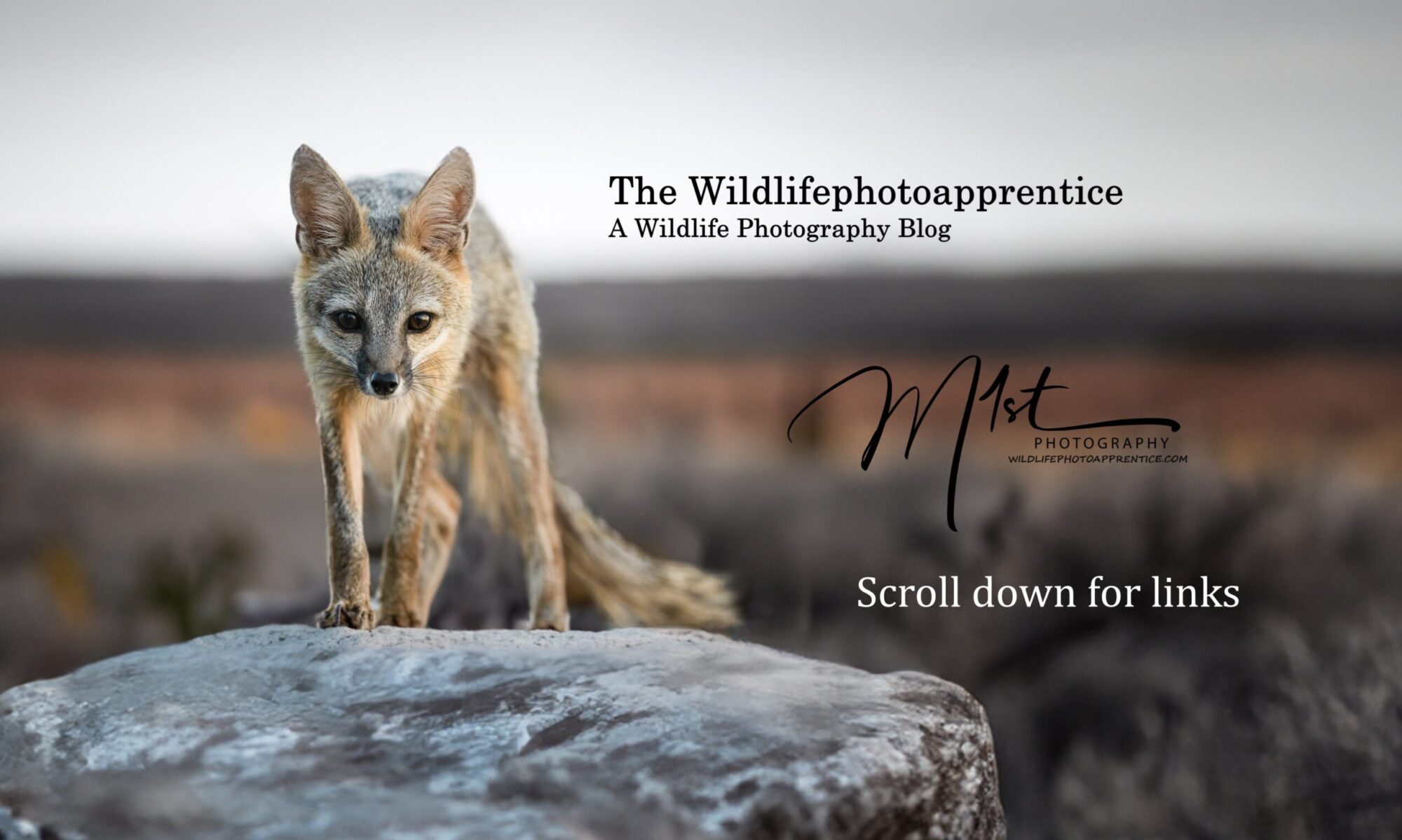Yesterday I awoke to overcast skies and fog as is often the case in winter. Although the conditions were not ideal, I headed out to see what I could photograph. I knew from the conditions that exposure was going to be a challenge. Knowing that Ducks in flight would be the most readily available wildlife to shoot, I would most likely have to use a higher than normal ISO to achieve an adequate shutter speed. Now if you don’t know what ISO is then here it is. In Digital Photography ISO measures the sensitivity of the image sensor. The same principles apply as in film photography – the lower the number the less sensitive your camera is to light and the finer the grain. Higher ISO settings are generally used in darker situations to get faster shutter speeds. Higher ISO’s cause more “noise” in digital photographs.
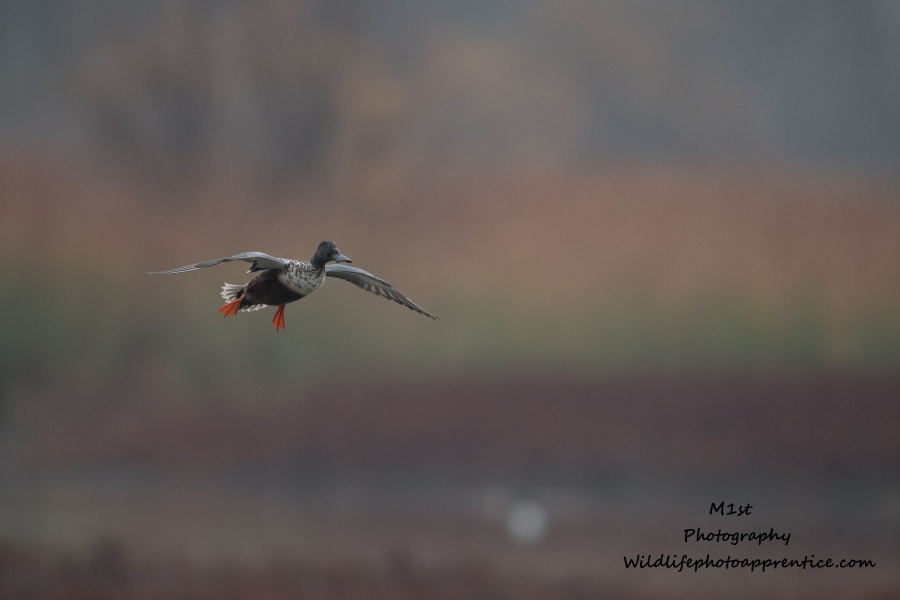
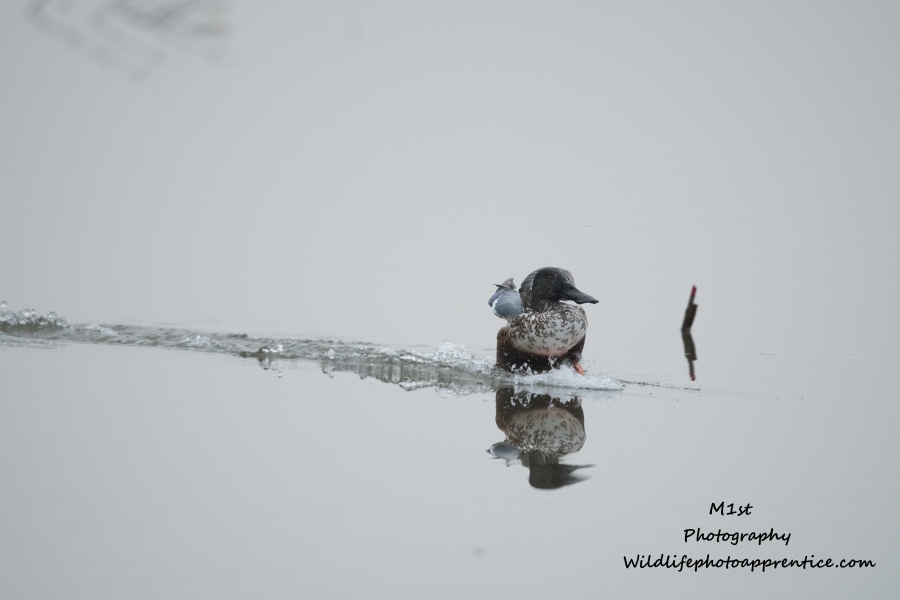
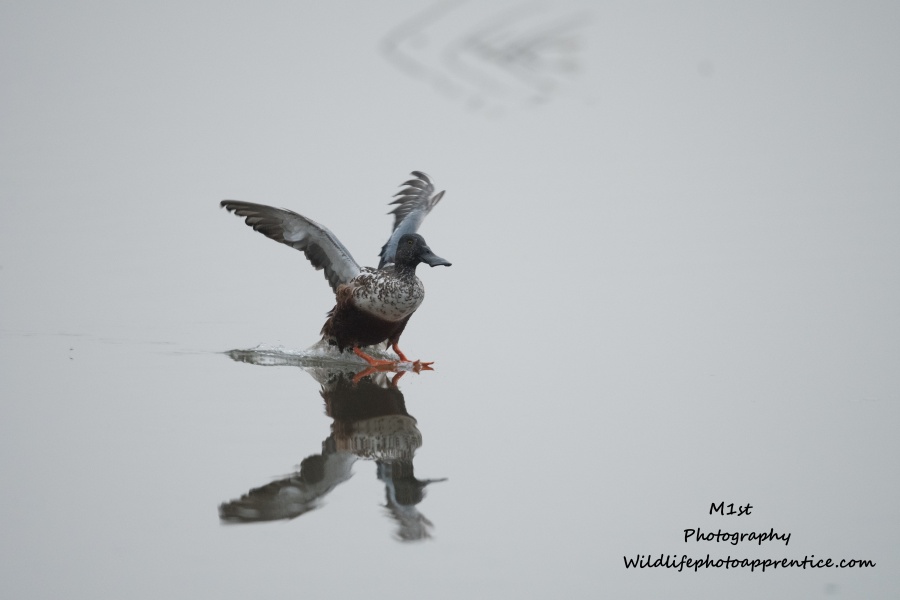
Attempting to capture this Duck in flight, I used a higher ISO and higher shutter speed to try and freeze motion but these photos are all under exposed and noisy as a result of the conditions and my inability to work the exposure triangle to my best advantage.
The exposure triangle refers to creating a harmonious exposure using the aperture, shutter speed and ISO. The trick to balancing the exposure triangle is to get all three elements working together so you get the results you want ,and not what the camera tells you you can have. Study the following diagram closely and think of “the triangle” every time you shoot.
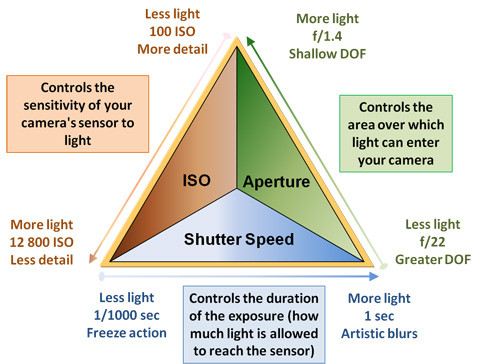
It’s this “working” of the triangle that makes obtaining the correct exposure so difficult in poor conditions. it takes a lot of study and practice to get it right consistently. That’s why we should get out, regardless of the conditions, and shoot. Read your cameras manual, study the triangle, and use your camera in manual mode . You will become a better wildlife photographer.
Just for fun I attempted to salvage some of the photos from the day. I shoot all my photos in RAW format to allow for more options in post processing. You may choose to process your photos with any number of programs available. I choose to use Lightroom. With post processing you can crop photos as well as manipulate numerous parameters such as exposure, saturation, sharpness, etc. Sometimes you might be able to salvage what you thought was a lost day.
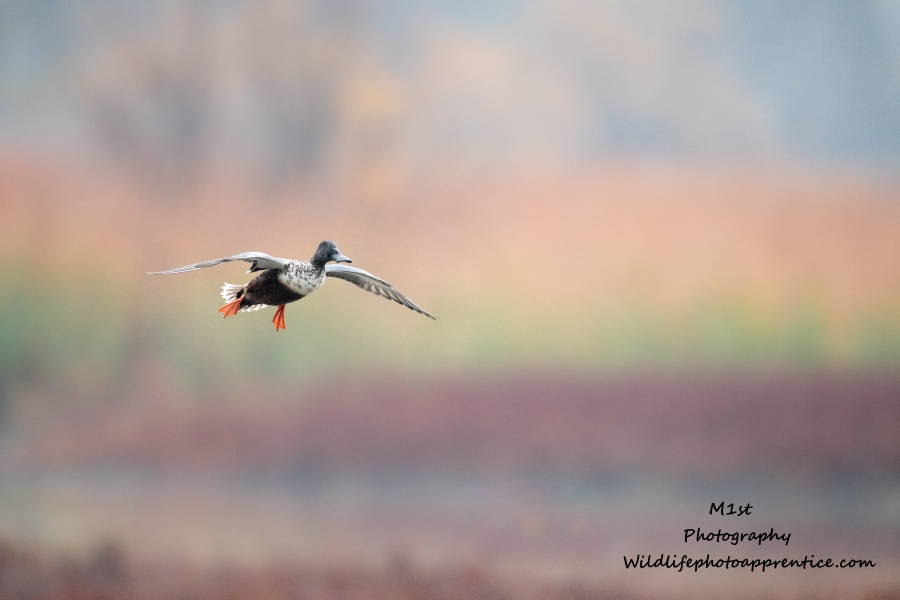
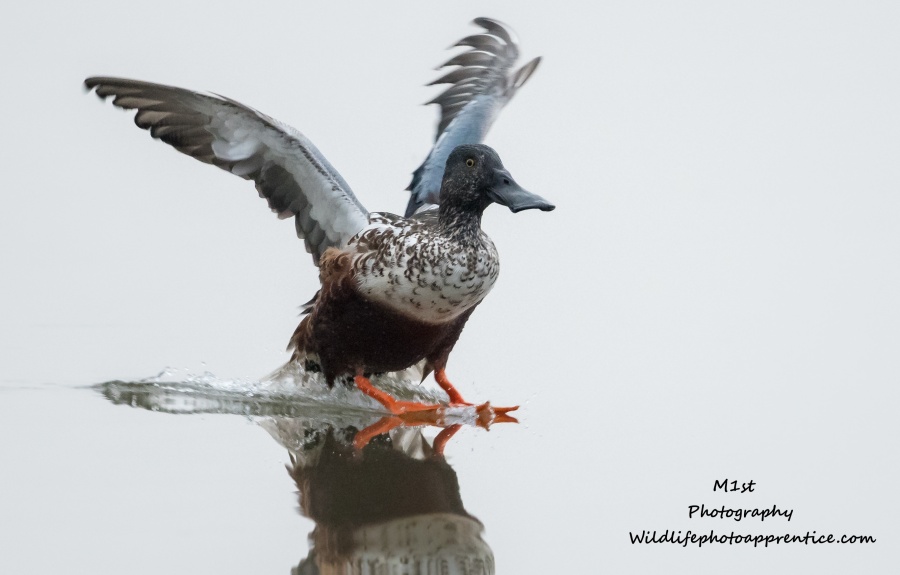
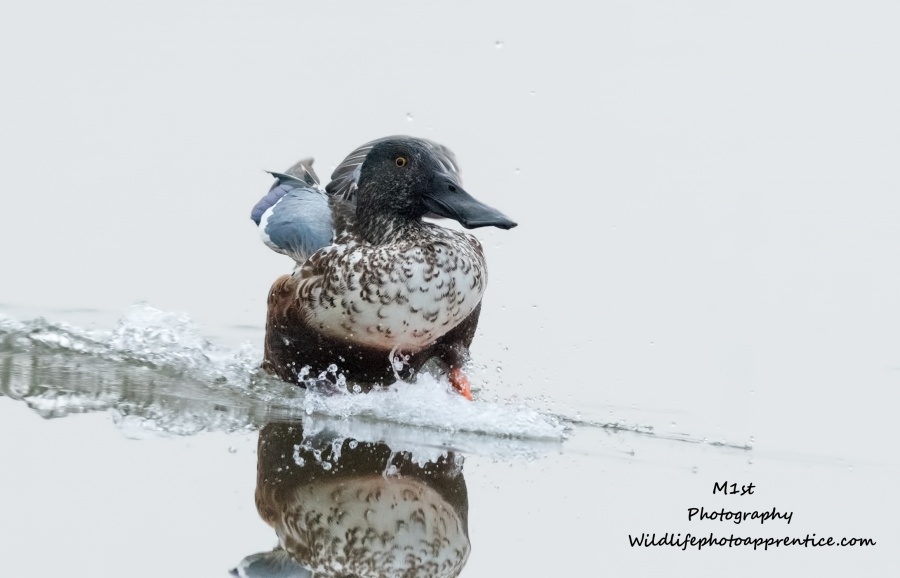
Obtaining the correct exposure is fundamental to photography. Study the exposure triangle and you’ll become a better wildlife photographer.
